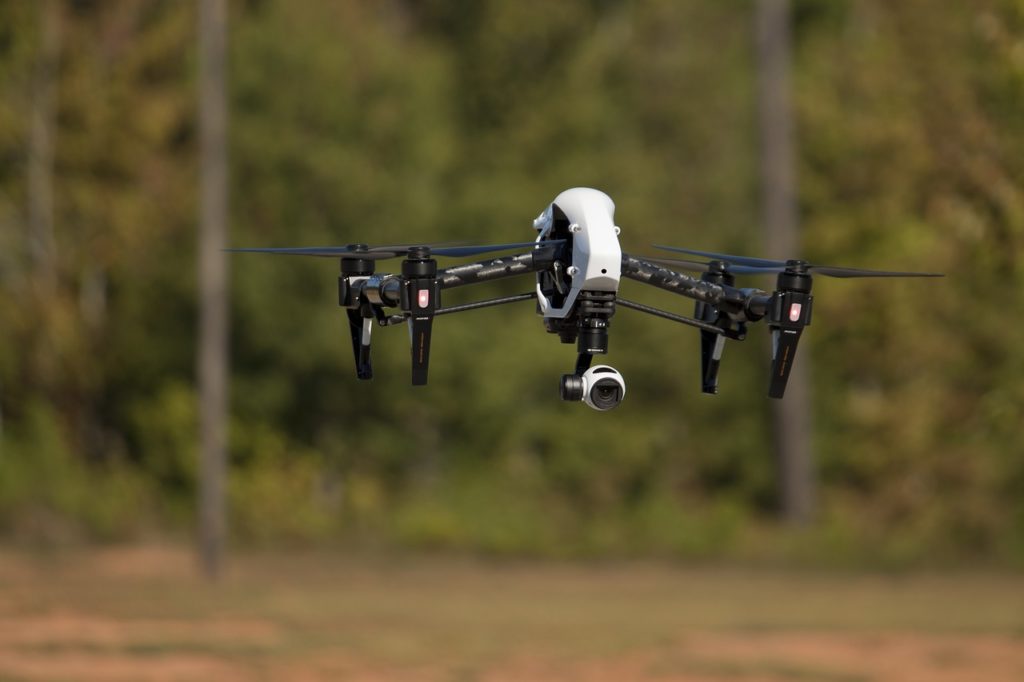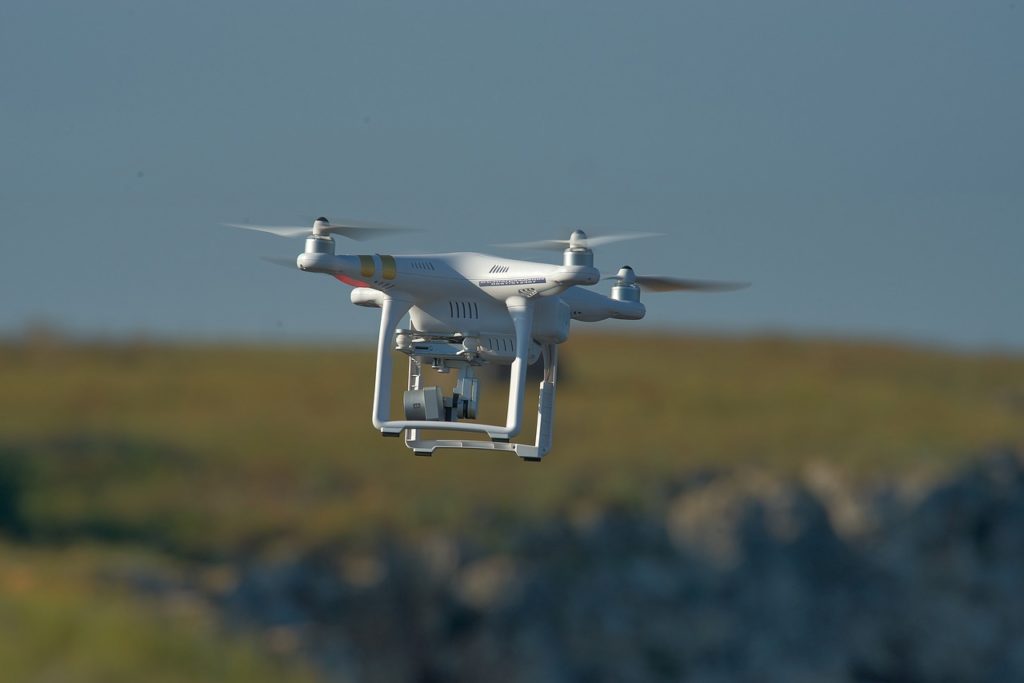Aug 3, 2021
The Advantages of Rapid Prototyping for Product Design and Development
Rapid product development is the ability to develop new products and services faster and at a lower cost than major competitors. CNC machining services are just one of the available in-house rapid prototyping equipment. This can be done by gaining a strategic and competitive advantage. Rapid product development is characterized by the ease with which advanced manufacturing technologies and other machines can be applied in product manufacturing processes.
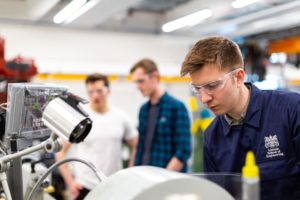 There are still many areas that can be improved in 3D CAD. Rapid prototyping or additive manufacturing is becoming increasingly popular among engineers, designers, and manufacturers. It makes better understanding with the manufacturers for the potential of the product and creates things much simpler. Read on to learn more about the advantages of rapid prototyping.
There are still many areas that can be improved in 3D CAD. Rapid prototyping or additive manufacturing is becoming increasingly popular among engineers, designers, and manufacturers. It makes better understanding with the manufacturers for the potential of the product and creates things much simpler. Read on to learn more about the advantages of rapid prototyping.
Validating Design Concepts
With RP, designers can turn their dreams into a product model. It also gives designers a proof of concept for their clients. The designers of the product can face many task responsibilities to represent what the final product will look like.
Making the Necessary Changes
Once you have a physical model of your product, it only takes a few minutes to incorporate changes. Once you receive customer feedback, you can make the necessary changes. Beforehand it will take many iterations for the product design to be completed. The repetition of a process advances and enhances the design. And it builds confidence in both the designer and the customers. This technique can also be used to identify market needs, allowing you to develop competitive products.
Saving Time and Money
Time is money, we all know that. With additive manufacturing, custom tools, samples or molds can be produced in a fraction of the time and cost. Alternative geometries can be developed using the same printing equipment or CAD software. Some methods are traditional for prototyping which is reduced wastes, such as CNC machining. Rapid prototyping does not require more material to manufacture the product.
Minimizing Design Issues
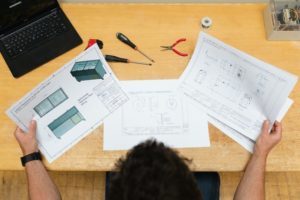 Additive manufacturing also allows you to identify product design flaws before mass production. The materials used to make prototypes are the same as those used to make real products. It also makes it easier for engineers to perform the necessary tests. Potential defects or problems can be easily identified so that the final product does not have them. This technique is a great way for manufacturers to create innovative products in a competitive world.
Additive manufacturing also allows you to identify product design flaws before mass production. The materials used to make prototypes are the same as those used to make real products. It also makes it easier for engineers to perform the necessary tests. Potential defects or problems can be easily identified so that the final product does not have them. This technique is a great way for manufacturers to create innovative products in a competitive world.
An individual designs although RP has many advantages, the most promising is the ability to manufacture custom products based on customer needs. No special tools or processes are required to apply design alterations. Because if ever there are small changes required, the entire process remains the same.…
More Details
 Many creatives prefer Macs to PCs for their media management capabilities. iMovie, for example, is one of the best free video editing programs. It comes free with every
Many creatives prefer Macs to PCs for their media management capabilities. iMovie, for example, is one of the best free video editing programs. It comes free with every  Home movie makers who want to do something unique will appreciate having access to a Hollywood program. Lightworks is one such program. Lighting job is the most popular software company in the world. It has been used in such classic movies as “Raging Bull” and “Pulp Fiction.” You can use Lightworks with almost any video format. It is one of the greatest strengths of the program. There are many professional-level video editing effects, such as real-time color correction and GPU acceleration effects. This program is the most powerful among free video editing programs. To take full advantage of its capabilities, you need to have a solid knowledge of video editing.
Home movie makers who want to do something unique will appreciate having access to a Hollywood program. Lightworks is one such program. Lighting job is the most popular software company in the world. It has been used in such classic movies as “Raging Bull” and “Pulp Fiction.” You can use Lightworks with almost any video format. It is one of the greatest strengths of the program. There are many professional-level video editing effects, such as real-time color correction and GPU acceleration effects. This program is the most powerful among free video editing programs. To take full advantage of its capabilities, you need to have a solid knowledge of video editing.
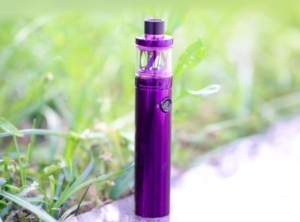 Pen devices are a bit larger than cigarettes but have longer battery life and a clear tank. These devices are usually inexpensive and easy to use. These devices have longer battery life and need to be recharged less often. Pen devices allow you to adjust the voltage, which gives you more customization options. However, they are similar to Zigs-a-likes in that they use coils at the top end of the resistors. This means they don’t provide much vapor and the best flavor.…
Pen devices are a bit larger than cigarettes but have longer battery life and a clear tank. These devices are usually inexpensive and easy to use. These devices have longer battery life and need to be recharged less often. Pen devices allow you to adjust the voltage, which gives you more customization options. However, they are similar to Zigs-a-likes in that they use coils at the top end of the resistors. This means they don’t provide much vapor and the best flavor.…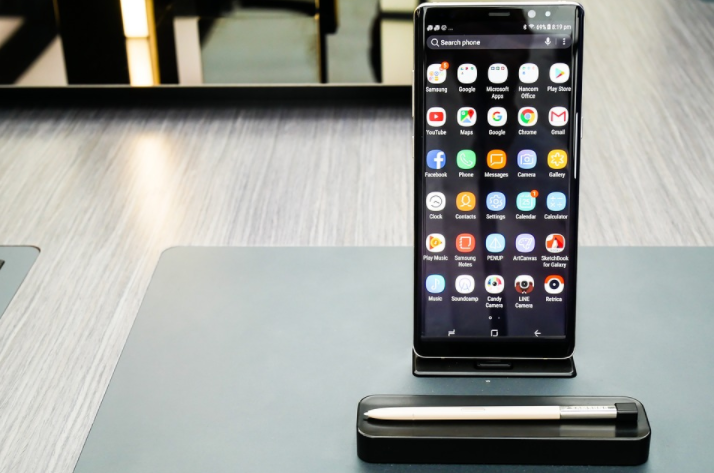
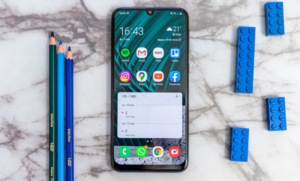 You can also choose from many themes to customize the app store. It is legal, safe, and easy to use. There are no geographical restrictions. The customer service is also top-notch. Support is available 24 hours a day, no matter where you are or what time it is. You can also request specific apps or games through their official Twitter. However, there is no guarantee that the developers will fulfill your request.
You can also choose from many themes to customize the app store. It is legal, safe, and easy to use. There are no geographical restrictions. The customer service is also top-notch. Support is available 24 hours a day, no matter where you are or what time it is. You can also request specific apps or games through their official Twitter. However, there is no guarantee that the developers will fulfill your request.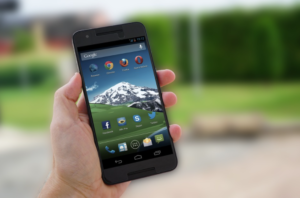 This is not as easy as downloading the app from the official store, but it’s still pretty easy. Follow these steps. First, you need to allow unofficial content to be accepted on your device. Open the Settings app if you haven’t already done so. Then, tap on Privacy or Security. Use the slider next to Allow from unknown sources to enable it. Close Settings and open your browser. Then open https://acmarket.org/ to download the APK file. Next, open your Downloads folder. Then, double-tap the APK file. Follow the on-screen instructions to install the APK file. Wait for the icon to appear on your home screen. ACMarket is an alternative app store that is extremely stable, reliable, and free.…
This is not as easy as downloading the app from the official store, but it’s still pretty easy. Follow these steps. First, you need to allow unofficial content to be accepted on your device. Open the Settings app if you haven’t already done so. Then, tap on Privacy or Security. Use the slider next to Allow from unknown sources to enable it. Close Settings and open your browser. Then open https://acmarket.org/ to download the APK file. Next, open your Downloads folder. Then, double-tap the APK file. Follow the on-screen instructions to install the APK file. Wait for the icon to appear on your home screen. ACMarket is an alternative app store that is extremely stable, reliable, and free.…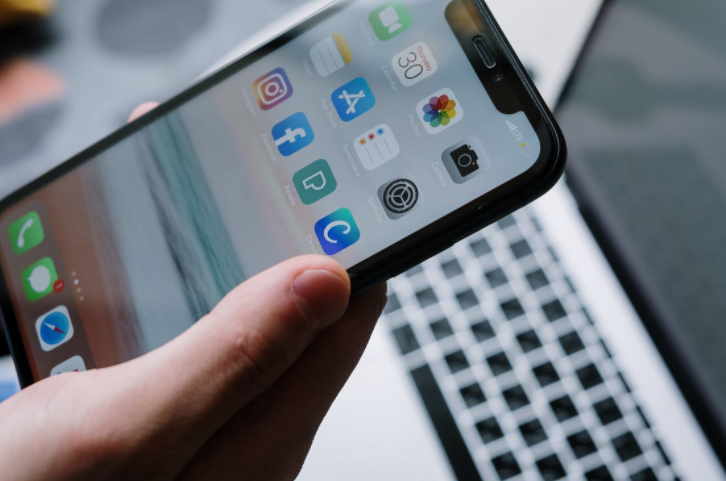
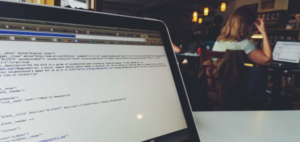 There are numerous reasons why you may encounter these errors while running Windows software programs. For example, after the installer fails, the files become corrupted, or the file path may be corrupted. You may also delete the dll files completely. Windows enlist the information to be listed by software programs and listed the data that these programs must have to function. When it becomes corrupt or damaged, the applications become undefinable and can crash the system. There are a few ways to improve the Windows.dll error, and the easiest way is to use a registry repair program.
There are numerous reasons why you may encounter these errors while running Windows software programs. For example, after the installer fails, the files become corrupted, or the file path may be corrupted. You may also delete the dll files completely. Windows enlist the information to be listed by software programs and listed the data that these programs must have to function. When it becomes corrupt or damaged, the applications become undefinable and can crash the system. There are a few ways to improve the Windows.dll error, and the easiest way is to use a registry repair program. If you run a registry repair and the error still occurs, you should pay attention to the dlldump.com website. There, locate the document associated with a dll file, and then follow the instructions on the best way to download the file and put it into the ideal Windows folder. Dll files store important information that programs need to run. If they get corrupted, your software may display errors or stop working. Occasionally you will discover errors, but programs will continue to run at limited capacity. The easiest way to fix the error is to look for the registry repair tool.
If you run a registry repair and the error still occurs, you should pay attention to the dlldump.com website. There, locate the document associated with a dll file, and then follow the instructions on the best way to download the file and put it into the ideal Windows folder. Dll files store important information that programs need to run. If they get corrupted, your software may display errors or stop working. Occasionally you will discover errors, but programs will continue to run at limited capacity. The easiest way to fix the error is to look for the registry repair tool. When trying to fix a DLL error, you must first understand the reason for the malfunction. Here are some of the most common reasons why a DLL error may occur on your system. Usually, a DLL error that occurs due to a missing DLL document will be resolved once you restore the missing DLL file on your system. These steps guide you on how to recover a missing DLL file. Reinstall a recently removed application – Occasionally, improper uninstallation of a program may cause a common DLL file deletion.
When trying to fix a DLL error, you must first understand the reason for the malfunction. Here are some of the most common reasons why a DLL error may occur on your system. Usually, a DLL error that occurs due to a missing DLL document will be resolved once you restore the missing DLL file on your system. These steps guide you on how to recover a missing DLL file. Reinstall a recently removed application – Occasionally, improper uninstallation of a program may cause a common DLL file deletion. There are many possible reasons why this problem occurs in the first place; one of the probable causes could be a consequence of corrupted or deleted Dynamic Link Library information. This can happen mainly if your computer is infected with a virus or perhaps one of those malicious applications. This is what affects the record and corrupts its current state; causing significant difficulties to be taken. Knowing the cause of the problem is very important. Because if you wont think about it, you might make things that can destroy your files or computer. In fact, this is one of the common mistakes of many people.
There are many possible reasons why this problem occurs in the first place; one of the probable causes could be a consequence of corrupted or deleted Dynamic Link Library information. This can happen mainly if your computer is infected with a virus or perhaps one of those malicious applications. This is what affects the record and corrupts its current state; causing significant difficulties to be taken. Knowing the cause of the problem is very important. Because if you wont think about it, you might make things that can destroy your files or computer. In fact, this is one of the common mistakes of many people. You need to get an excellent registry repair software that is of excellent quality where it will completely remove all the lousy things on your device and solve the issue once and for all. This is the popular process used by many consumers on the planet, including people with advanced technical knowledge and computer wizards. You should not delete it when you uninstall the software because the moment it is in your processor. The other assets that need it will cause some problems to your device. As a result of this, you need to know how to fix DLL errors so that you can quickly fix the problem if possible to avoid making the case worse.…
You need to get an excellent registry repair software that is of excellent quality where it will completely remove all the lousy things on your device and solve the issue once and for all. This is the popular process used by many consumers on the planet, including people with advanced technical knowledge and computer wizards. You should not delete it when you uninstall the software because the moment it is in your processor. The other assets that need it will cause some problems to your device. As a result of this, you need to know how to fix DLL errors so that you can quickly fix the problem if possible to avoid making the case worse.…

